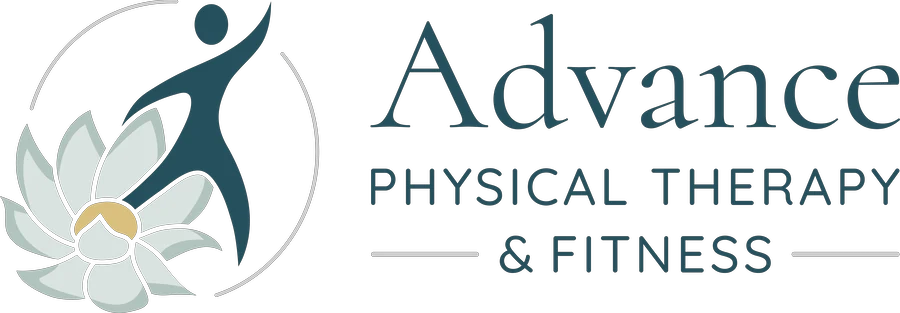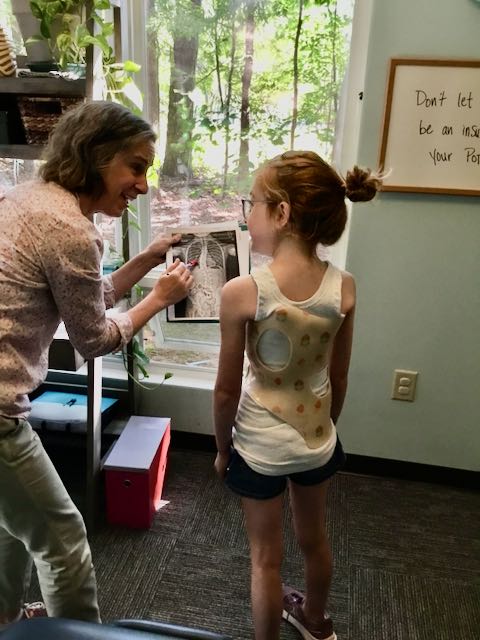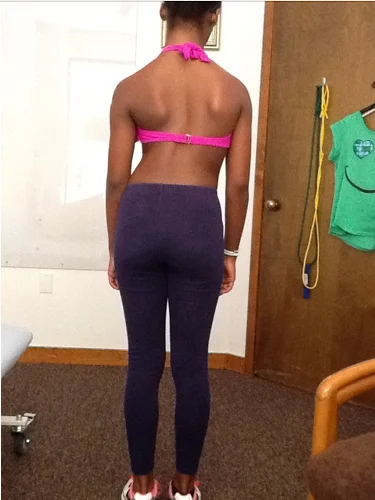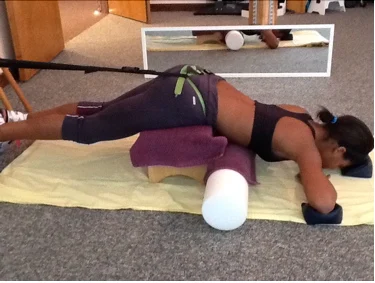Scoliosis: Children and Adults
At Advance Physical Therapy we have spent many years developing expertise in effectively managing curvature of the spine over the lifespan. We use an overall approach aimed at teaching the patient to move their body away from their curvatures with specific exercises, activities, position, movement and breathing awareness.
Scoliosis or curvature of the spine can have many variations. Although there are general categories for curvatures, each is unique. An exercise designed to balance a curvature should take into account the uniqueness of the curvature of that person.
However, there are certain common features. First and foremost is the presence of asymmetry. Because we are 3-dimensional beings, asymmetries occur in 3 dimensions. When we look at a person that would be: 1) Front to Back (sagittal plane), 2) Side to Side (frontal plane) and 3) Rotational movements (transverse plane).
In the front to back or sagittal plane, exaggerated curvatures are described as 1) lordosis – most commonly increased arching in the low back, or 2) kyphosis – most commonly increased rounding in the upper back. In the side to side or frontal plane curvatures are most often in a C-shape or an S-shape. The C-shape is often (but not always) a 3-curve in Schroth terminology. The S-shape is often (but not always) a 4-curve. Rotational or transverse plane curvature can be seen when the person bends forward, and one side of the back is more pronounced, the other side is more concave, often in the front one ribcage is more protruding than the other.
According to the Schroth Method and to Postural Restoration, all 3 aspects of the curvature must be addressed to effectively balance the asymmetry. The sequencing of activity begins with sagittal plane correction, then frontal plane. Transverse plane correction is facilitated by the other two. Here is an example of a patient applying an excellent understanding of a standing postural correction for a common type of scoliosis seen in teenagers:
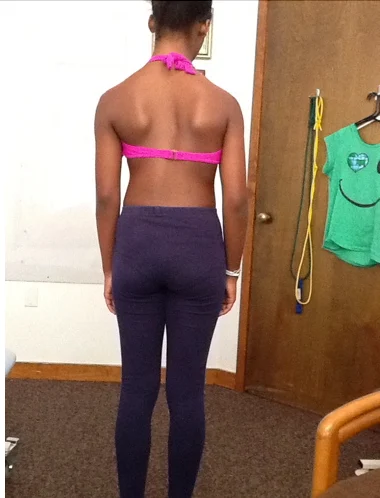
There are several tools to accomplish scoliosis specific exercises. Precise exercise positions place the body in such a way that muscles, previously underused, are activated. Muscles targeted are different on the right and on the left depending on the curve pattern. Passive assists for correct positioning and specific muscle activation can include for example: wedges or towel rolls specifically placed. Bolsters, stools, poles, bars, balls, to name a few, are all employed to give sensory input and to guide muscle activity. Once a corrected position has been achieved, specific breathing techniques are taught to direct air into the concave areas. Breathing is a very powerful tool for repositioning the spine and ribcage. Here are some examples:
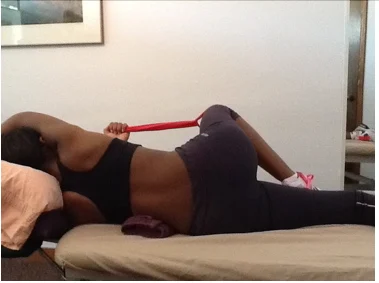
Scoliosis exercises are progressed as the person gains mastery of the position and breathing technique. The Schroth Method outlines basic Principles of Correction that include mental focus on changing the body’s habits.
These activities are truly challenging. At the same time, they are tremendously empowering and can give the person a deep and enduring sensitive connection with themselves, with their body and with their breathing.
We integrate Postural Restoration Institute principles for managing asymmetry in the spine with Schroth-based Scoliosis Rehabilitation activities in conjunction with Postural Restoration Institute activities. For more about our approach read our chapter in “Innovations in Spinal Deformities and Postural Disorders” Postural Restoration: A Tri-Planar Asymmetrical Framework for Understanding, Assessing, and Treating Scoliosis and Other Spinal Dysfunctions.
We absolutely do not advocate the “watch and wait” approach as we find curves often progress in the “waiting” period. We have witnessed significant success in curve reductions with treatment and feel strongly that early intervention leads to better outcomes, however older patients with more established curves also report significant benefit related to pain and curve management.
As soon as your child is diagnosed with scoliosis, please consult guidelines provided by The International Scientific Society on Scoliosis Orthopaedic and Rehabilitation Treatment (SOSORT). Within the document is a chart (on page 8) that provides minimum and maximum levels treatment based on your child’s age, growth and degree of curvature. You are the best advocate for your child. There are support organizations like: National Scoliosis Foundation and Curvy Girls Scoliosis Support Group that can help guide you through the process of addressing the first signs of scoliosis. We also encourage you to contact us at Advance Physical Therapy (919) 932-7266, to find out more about our conservative approach to managing scoliosis and to schedule an appointment for a detailed scoliosis evaluation and treatment recommendations.
